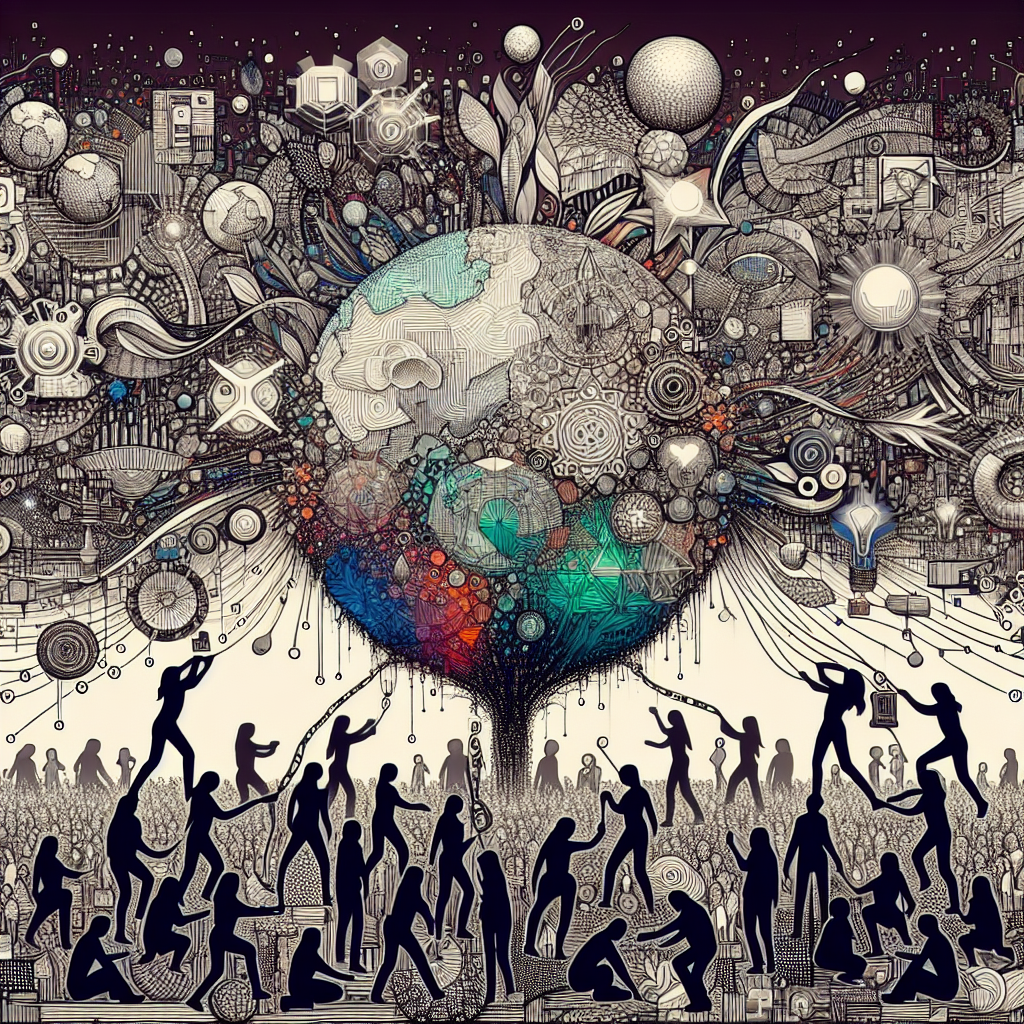Our Cosmic Reality and the Magic of Stardust
Our cosmic reality is an enthralling subject, and one of its most fascinating aspects is the existence of cosmic particles. The mysterious particles that travel unimaginable distances through space are captivating not just because of their origin, but also due to their interactions with our planet. These tiny particles, dust from stars, are captivating scientists worldwide with their mesmerizing magic.
These particles are often called stardust, and they represent an extraordinary source of information about the universe beyond our solar system. Quantifying stardust or cosmic dust is a formidable challenge because it’s found sparsely throughout space. However, its accumulation on Earth provides us with a tangible link to the universe beyond our reach. Each grain of cosmic dust that falls to our planet offers valuable data about the universe’s composition.
What makes cosmic dust more fascinating is its age. The precise age of these particles is hard to determine, but they formed during various cosmological events. They’ve witnessed the birth of galaxies and the death of stars. When you hold a grain of stardust, you’re essentially touching a piece of the universe’s history.
Furthermore, cosmic dust interacts with the atmosphere in intriguing ways. It plays an essential role in cloud formation and weather regulation, an area still under scientific investigation. Moreover, these particles might even host extraterrestrial microorganisms, thus positing new dimensions to the argument about life beyond Earth.
Studying cosmic dust was more of a theoretical component in the early days of space exploration due to the inability to gather samples. Today, advanced space probes and satellite-based collectors allow us to capture and study these particles, providing us with fresh insights about the universe and our place in it. This make us realize that we live in a dynamically interconnected cosmos where even the tiniest cosmic particles can hold the key to unraveling the mysteries of the universe.
But the quest to understand cosmic particles is not just about the discoveries of today. It’s about the possibilities of tomorrow. What we learn from these particles shapes our understanding of the cosmos, making way for future space travel and possible colonization. Unlike the space race, the race to understand cosmic dust isn’t one of rivalry but collaboration, binding scientists world-over in a joint endeavour.
To summarize, the fascinating world of cosmic dust harbours an abundance of puzzles for scientists to unravel. It holds key information about the universe’s past, portrays the magical interplay between the cosmos and Earth, and shapes our thoughts about what lies beyond the realms of our planet. In essence, while these specks of dust from the stars may seem insignificant in the grand sweep of space-time, their contribution to our understanding of the universe is priceless.
Index of Ignorance: Tackling the Problem of Illiteracy Globally
Illiteracy is a burning predicament that affects countless individuals worldwide, hindering social and economic growth. An inability to read or write is not just an individual’s issue, but it extends to the family, community, and ultimately, to a nation’s development. The importance of tackling this problem cannot be overstated, and this post aims to highlight the gravity of the issue and suggest plausible solutions.
Globally, about 773 million adults lack basic literacy skills. This isn’t just a concern for developing nations; even advanced countries battle high rates of functional illiteracy. Functional illiteracy refers to individuals who, despite being able to read and write, lack the skills needed to manage daily living and employment tasks that require reading skills beyond a basic level.
The impact of illiteracy is extensive. It leads to reduced access to information and resources, lower income levels, and decreased participation in societal matters. The very fabric of democracy relies on the educated understanding of issues by its citizenry for it to function effectively.
Addressing illiteracy involves a considerable shift in societal attitudes, policy changes, and program implementations. A multi-pronged strategy involving governments, non-profits, and educational entities is essential for its success. The strategies should focus on adult literacy programs, gender disparity reduction, education quality improvement, and providing access to quality learning resources.
Let’s be clear, the problem of illiteracy won’t disappear overnight. But a coherent, committed effort from all sectors can guide us toward a more literate and informed society. Simon Mainwaring, a renowned branding consultant, once said, “The simple act of paying positive attention to people has a great deal to do with productivity.” This applies aptly to literacy. With enough attention and effort, eradicating illiteracy is an attainable goal.
From the cosmic particles that serve to unravel the mysteries of the universe to the eradication of illiteracy, it’s clear that an invested approach and persistent effort is crucial in gaining new insights and overcoming challenges. Whether it’s a search for answers in the celestial body or the eradication of an insidious social evil on Earth, our steps towards the objective matter immensely.

Leave a Reply